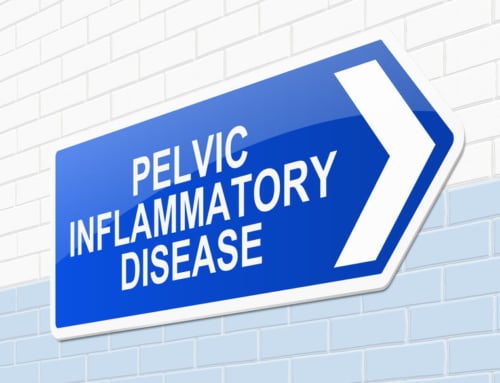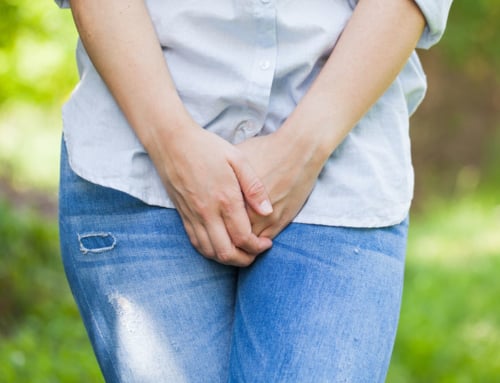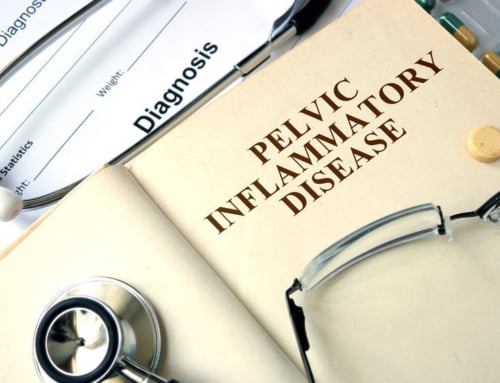Overactive Bladder Syndrome Is Common and Treatable
About 33 million Americans are affected by overactive bladder syndrome (OAB), which is a group of urinary tract symptoms. People with an overactive bladder may experience an uncontrollable urge to urinate or leakage. People with this condition may be embarrassed to ask for help. Without treatment, symptoms can affect a person’s work, sleep, and social life. Many people with mild to severe symptoms have found relief with treatment.
An uncontrollable urge
Bladder leakage is primarily characterized by a sudden and frequent urge to urinate. Uncomfortable pressure forces people with urinary urgency to visit the bathroom multiple times throughout the day. Frequent urination is considered going more than eight times a day. An overactive bladder can also cause anywhere from a couple of drops to large amounts of urine to leak. This is known as incontinence, which can also disrupt a person’s sleep schedule.
Fun Fact: A healthy bladder can hold 16 ounces of urine for 2-5 hours.
Multiple causes
OAB symptoms can arise from a variety of factors including urinary tract infections, illnesses, nerve damage, and medications. The bladder and kidneys work together to make, store and release urine. Overactive bladder syndrome can occur as a result of nerve signals telling the brain to release urine even when the bladder isn’t full. Overactive muscles can also cause the bladder to push urine out at random times. Urinary incontinence can especially affect older people, menopausal women, men with prostate issues, and people with brain or spinal cord injuries.
Diagnosis of overactive bladder syndrome
A physician can perform exams or refer patients to specialists like urologists to determine the severity of OAB symptoms. Doctors may ask patients about symptoms. To diagnose an overactive bladder, the following exams and tests may be needed:
- Physical exam in the abdomen, pelvis, and rectum
- Urine culture to test for infection or blood
- Bladder scan to show bladder volume
- Cystoscopy to get a closer view into the bladder
- Urodynamic testing to test how well the lower urinary tract functions
Treatment for OAB
OAB symptoms can be reduced or eliminated with treatment. Lifestyle choices like performing pelvic floor muscle exercises, maintaining a healthy weight, and limiting caffeine, alcohol, and sugar consumption, can reduce symptoms. Severe urgent incontinence can be alleviated with medical or surgical intervention including bladder injections and nerve stimulation. Regardless of severity, many people have found long-lasting relief from OAB symptoms.







